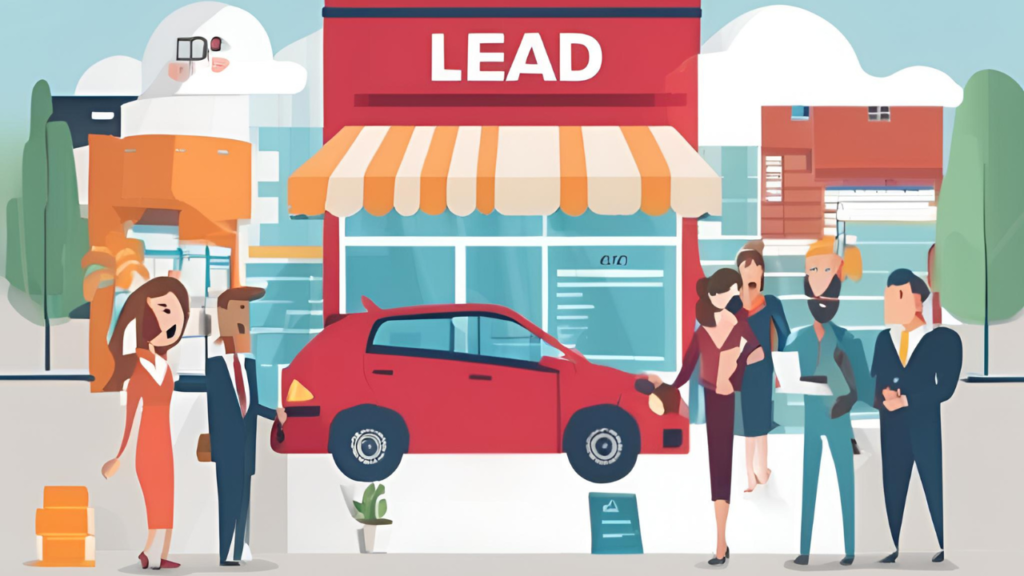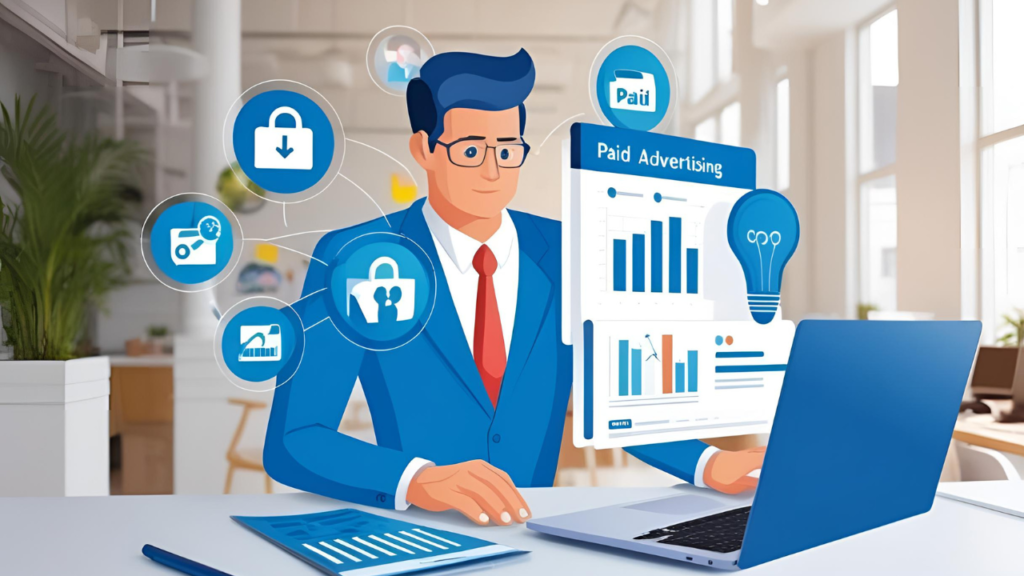This guide explores proven lead generation strategies for local businesses, helping you build a pipeline of quality leads that drive growth and profitability.

A well-structured lead generation strategy boosts sales, enhances customer acquisition, and improves business sustainability. Here’s why it’s essential for every local business.
Lead generation brings consistent traffic to your business, ensuring a steady flow of interested customers. Instead of waiting for people to find you, lead generation proactively connects your business with local prospects.
A targeted lead generation approach ensures that businesses attract high-intent prospects who are more likely to convert into paying customers.
The more people see your business online, the more recognizable and credible your brand becomes. Lead generation through SEO, social media, and content marketing builds long-term trust with potential customers.
Compared to traditional advertising, digital lead generation is more affordable and measurable. Businesses can track performance and adjust campaigns for maximum ROI.
By constantly bringing in new leads, businesses reduce dependency on one-time customers and build a long-term, scalable growth strategy.

Your website is the foundation of your digital sales funnel. A well-optimized website attracts visitors and converts them into leads.
A landing page is a dedicated webpage designed to capture visitor information. Essential elements include:
Encourage visitors to take action by offering lead magnets, such as:

Social media platforms provide a powerful way to engage with potential customers and capture leads.
Social media ads allow you to target Local Home audiences based on:
Platforms like Facebook and LinkedIn allow businesses to collect leads directly within the app. Pre-filled forms make sign-ups easier for users.

Email marketing nurtures leads until they’re ready to buy and encourages repeat business.
Email automation tools like Mailchimp, ActiveCampaign, and HubSpot allow businesses to send:
Segment your email list based on:

While organic marketing takes time, paid ads accelerate lead generation.
Run Google Search Ads targeting high-intent keywords like:
Retargeting reminds past visitors about your business through:
Video ads increase trust and engagement. Short customer testimonial videos or service demonstrations perform well in lead generation campaigns.

As technology advances, businesses must adopt new trends to stay ahead in lead generation.
Artificial intelligence (AI) helps businesses analyze lead behavior and predict conversions. AI-powered tools like ChatGPT, HubSpot, and Marketo personalize marketing efforts for better engagement.
Automated chatbots on websites and social media provide instant responses to customer inquiries, capturing leads 24/7.
With the rise of voice assistants like Alexa and Google Assistant, businesses must optimize content for voice-based queries.
Short-form videos on TikTok, Instagram Reels, and YouTube Shorts provide an engaging way to capture leads.
Businesses can use geo-targeted mobile ads to reach nearby customers when they’re searching for services on their phones.
Generating leads for a local home business requires a mix of SEO, social media, email marketing, and paid advertising. By implementing these strategies, businesses can attract quality leads, increase conversions, and drive consistent growth.
With future trends like AI-driven lead scoring, chatbot automation, and hyperlocal geo-targeting, businesses must stay ahead of the curve to maximize their lead generation efforts. Start optimizing your strategy today and turn potential customers into lifelong clients!

Copyright © 2025. Mountain Digital Marketing Group. All rights reserved.